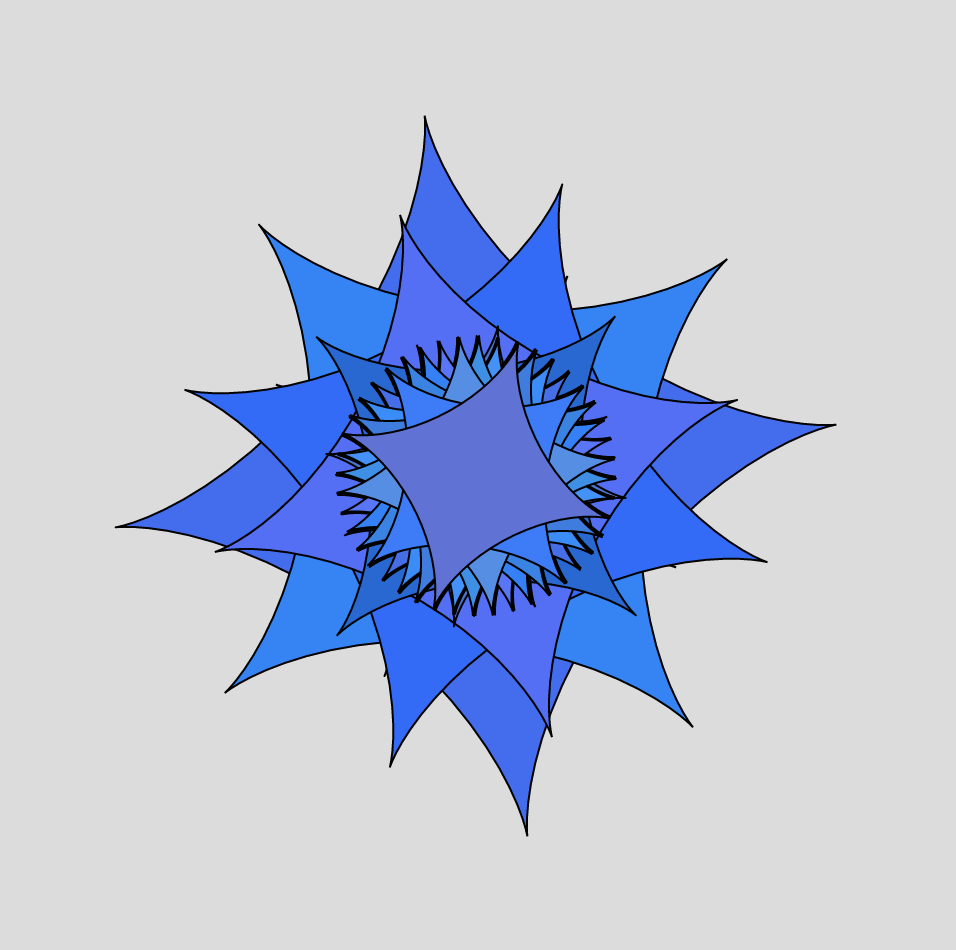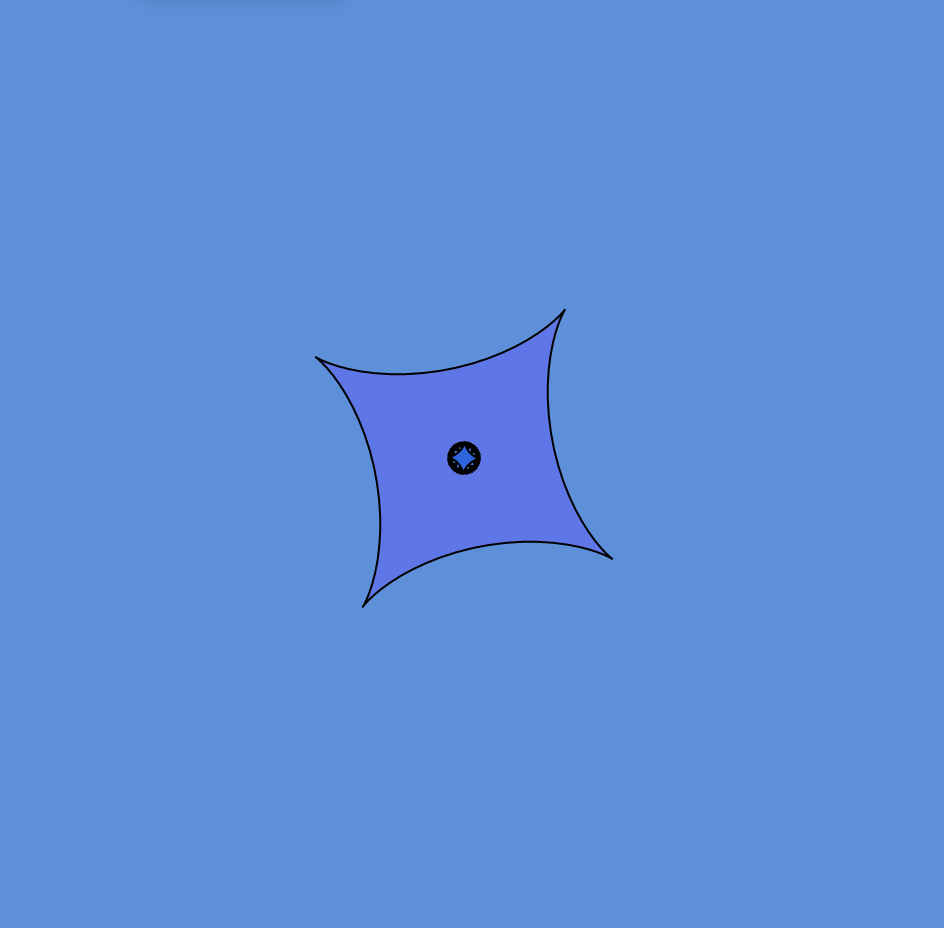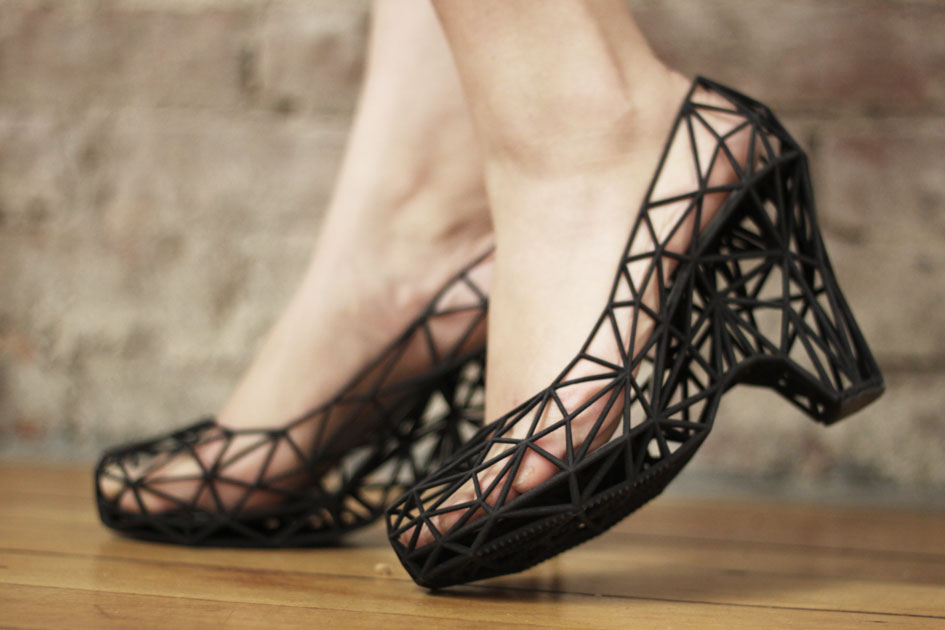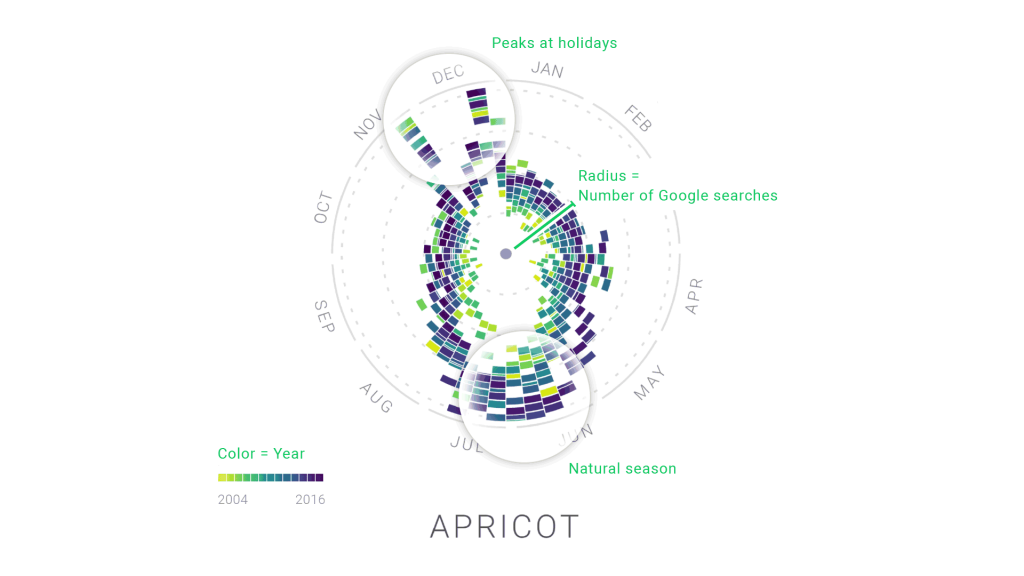Leah Buechley is a designer, engineer and educator. She is the developer of LilyPad Arduino Toolkit, smart textiles, and other soft circuit solutions. From 2009 to 2013, she was an associate professor at MIT Media Lab. There, she directed the High-Low Tech research group. Currently, she runs a design firm exploring the intersection of technology and design.
Buechley’s body of work embodies a new trend of “making.” I admire that she relates her work to “making,” a bigger idea of how building and”making” relates to the world. She discusses how “making” things defines who and what humans are. In addition, Buechley’s work is different from the normal artists we talk about. This talk doesn’t discuss her own gallery of art pieces. Instead, it discusses how she writes papers, gives talks, and seeks to educate others about everything she has done and learned. This talk is a great example of how she is using her knowledge to share her understanding of “making” and the world and the new trends we see through the connection of the two. In her talk, she discusses “who” is a maker and how they’re not representative of the actual population.
Buechley speaks comfortably and casually. Which helps makes the audience feel at ease. Rather than a monotone, she speaks with passion and emphasis on certain words, which helps engage the audience. She also uses hand gestures to show her involvement and enthusiasm in her talk. These are all good strategies that I can use to make my presentations less boring and un-engaging.
![[OLD FALL 2019] 15-104 • Introduction to Computing for Creative Practice](../../../../wp-content/uploads/2020/08/stop-banner.png)






